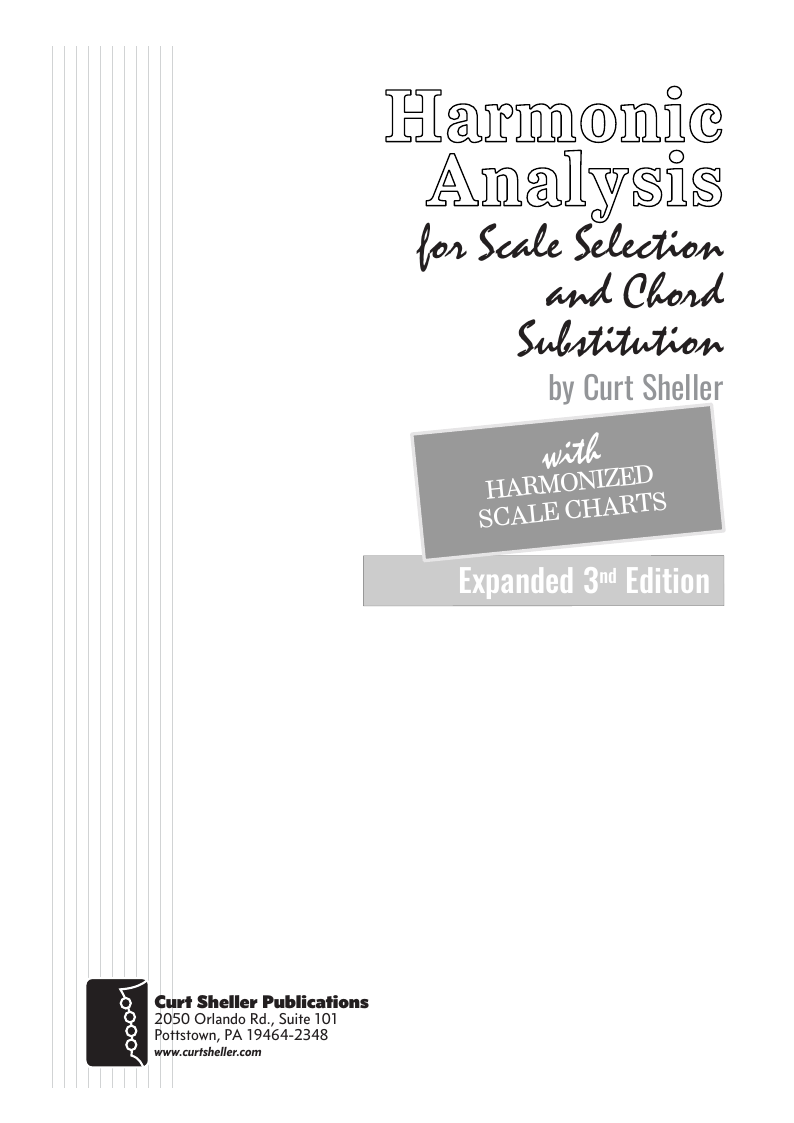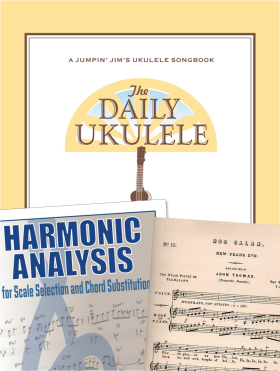Harmonic Analysis (RMA) Worksheet for the song: "Deck The Halls".
Harmonic Analysis (RMA) Worksheet for the song: Deck The Halls.
Deck The Halls s a traditional Christmas carol. The melody is Welsh, dating back to the sixteenth century, and belongs to a winter carol, "Nos Galan", while the English lyrics, written by the Scottish musician Thomas Oliphant, date to 1862. The phrase "'Tis the season", from the lyrics, has become synonymous with the Christmas and holiday season, 'tis being an archaic contraction of "it is".
The melody of "Deck the Hall" is taken from "Nos Galan" ("New Year's Eve"), a traditional Welsh New Year's Eve carol published in 1794, although it is much older. In 1912, Ruth Herbert Lewis made a wax cylinder recording of a Welshman named Benjamin Davies singing a song, "Can y Coach faier", which uses the old melody now associated with "Deck the Halls". The recording can be heard on the British Library Sound Archive website. (wikiwand);
Fun Parody
[Verse 1]
Wreck the malls this Christmas season
Fa-la-la-la-la, La-la-la-la;
Blow your cash for no good reason
Fa-la-la-la-la, La-la-la-la;
Push your charge card to the limit
Fa-la-la, La-la-la, La-la-la;
Checkbook now has nothing in it
Fa-la-la-la-la, La-la-la-la;
[Verse 2]
Wreck the malls with my friend Charlie
Fa-la-la-la-la, La-la-la-la;
Drive through K-Mart on his Harley
Fa-la-la-la-la, La-la-la-la;
Tamper with their muzak system
Fa-la-la, La-la-la, La-la-la;
Trade for something by Twisted Sister
Fa-la-la-la-la, La-la-la-la
[Verse 3]
Wreck the pet store, do some damage
Fa-la-la-la-la, La-la-la-la;
Send the beagles on a rampage
Fa-la-la-la-la, La-la-la-la;
Acting in an uncouth manner
Fa-la-la, La-la-la, La-la-la;

The Daily Ukulele— 365 Songs for Better Living book.






A Harmonic Analysis (RMA/HA) and its worksheet are intended to show the function of the chords, the harmonic principles used, the keys and tonalities the song explores. And, can be used for scale selections and chord and scale substitutions.
lead leadsheet.Minimal roadmap information such as repeats, fine, D.S., D.C., and codas has been used in preparing the worksheets to somewhat mirror the leadsheet in the Daily Ukulele book.
Yellow Book. You should start to recognize that 1st endings typically always return to a previous verse or an
 section. With a 2nd ending, a transition to a different part of the song, a
section. With a 2nd ending, a transition to a different part of the song, a  or chorus. Harmonic Principles are used for these repeats and transitions.
or chorus. Harmonic Principles are used for these repeats and transitions.- Deck The Halls is in 4/4, Common Time and the Key of C .
- Full Diatonic
- Partial Diatonic • Full Diatonic includes Secondary Dominant chords

Contemporary Scales: Minor Pent: Minor Pentatonic, Pent: Major Pentatonic, Blues,
Scale/Mode Names: Ion: Ionian (Major), Dor: Dorian (Minor), Phrygian: Phrygian, Lyd: Lydian, Mix: Mixolydian (Dominant), Aeol: Aeolian (Natural Minor), Loc: Locrian


Deck The Halls, harmonically is only two lines.
Related Lessons, Videos, Lesson Series, Songs, Books & Reference Charts, Resources & Assets, Workshops are below.

Harmonic Analysis ( HA ) is the process used to determine the harmonic function of chords within a chord progression. A chord progression is defined as a sequence of chords, each chord has a root and has a particular chord type. The relationship of a chord's root to a scale determines its function within that scale's tonality. Once a chord's function is identified, scale selections along with chord and scale substitutions can be made. This process is called Root Movement Analysis ( RMA ). This series of lessons are extracted from my book for use with individual private and on-line students. Each lesson directly corresponds the chapters in my book Harmonic Analysis for Scale Selection and Chord Substitution by Curt Sheller (me).

Harmonic Analysis (HA), also known as the study of chord relationships, is the method used to identify the harmonic role of chords within a chord progression or song. A chord progression refers to a sequence of chords, with each chord having a root note and belonging to a specific chord type. The function of a chord within a particular scale's tonality is determined by its relationship to that scale.

Harmonic Analysis is the understanding of the functional sequence of chords. It is the process used to analyze the harmonic structure of a progression, song or composition. This analysis is then used to make scale selections for improvisation and chord substitution.

Strum a different song every day with easy arrangements of 365 of your favorite songs in one big songbook! The Daily Ukulele features ukulele arrangements with melody, lyrics and uke chord grids and are in ukulele-friendly keys that are particularly suited for groups of one to one hundred to play and sing.

Finally, learn the names of the notes of the ukulele fingerboard in C tuning .

Learn the six fingering principles to navigating the ukulele fingerboard. Fingering is one of the most universal topics. Book: Six Secrets of the Ukulele Fingering

Harmonic Analysis is the understanding of the functional sequence of chords. It is the process used to analyze the harmonic structure of a progression, song or composition. Book: Harmonic Analysis for Scale Selection and Chord Substitution

Learn to read single note melodies in the first/open position is a lot easier than you might think. Book: Ukulele – Reading Music Series – Primer

An organized collection of daily practice and reference material for the contemporary ukulele player for developing the vocabulary and knowledge necessary for single note playing. Book: Daily Practice Material for the Contemporary Ukulele
Checkout the Books & Reference Charts for additional Handy, Dandy Reference Charts.

Ukulele Fingerboard Chart for C Tuning, Low or High G – G C E A

Ukulele Fingerboard Chart for G Tuning, Low or High A – D G B E

A handy reference chart of all 15 major and relative minor key signatures. US Letter 8.5 x 11 sized (ANSI-A), A4
Checkout the Books & Reference Charts for additional Handy, Dandy Reference Charts.





.jpg)